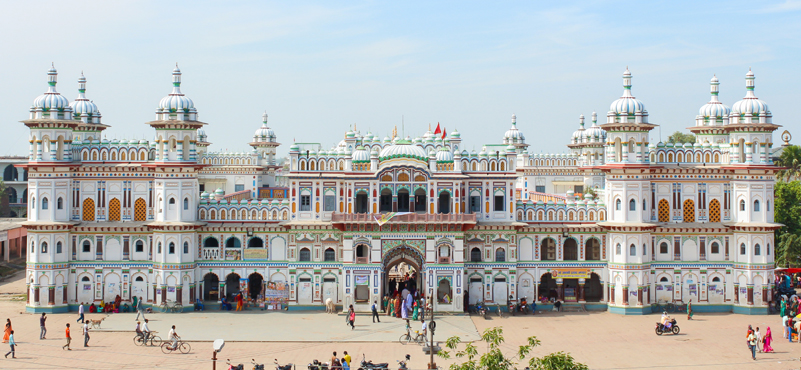With the Marriott and Starwood coming together, Indian hotel companies in the luxury space need imaginative strategies and tactical offerings to hold on to consumers, says Vikram Madhok, Managing Director, Abercrombie and Kent. He, however, adds that their niche positioning will ensure their successes in the coming years.
 While the Marriott-Starwood development was likely to intensify competition in the market, Indian hotel companies operating in the luxury space were going to continue enjoying their niche positioning in the long run, noted Vikram Madhok. However, he did concede that given the competition in the market, Indian hotel chains like The Oberoi and The Taj Group were likely to be impacted in “one form or the other.” “Look at any major city – Mumbai, Delhi, Chennai and others, hotels are vying for the same space. They will bite into each other’s share, especially in the leisure segment. It will be across the board,” he said.
While the Marriott-Starwood development was likely to intensify competition in the market, Indian hotel companies operating in the luxury space were going to continue enjoying their niche positioning in the long run, noted Vikram Madhok. However, he did concede that given the competition in the market, Indian hotel chains like The Oberoi and The Taj Group were likely to be impacted in “one form or the other.” “Look at any major city – Mumbai, Delhi, Chennai and others, hotels are vying for the same space. They will bite into each other’s share, especially in the leisure segment. It will be across the board,” he said.
Taking stock of challenges and the way forward for Indian hotel companies in tackling the ongoing realignment, Vikram Madhok noted that “Indian hotel companies could look at rolling out tactical offers for their frequent visitors.” “These offers could range from discounting to upping the game in terms of amenities made available in their loyalty programs. Hotels will have to up their game in terms of offerings,” he substantiated.
He was quick to add that while there could be some impact, but the acquisition, in no way, was an existential threat for Indian hotels in the luxury space. “The Oberoi and Taj, each, has its own niche. So, they will continue to enjoy their position,” he said.
Abercrombie and Kent heavily relied on Indian hotel companies while executing their tours for visitors, he shared. “We offer leisure, luxury and business travel, and almost 85% of our bookings are with Indian hotels. They enjoy that positioning,” he added. He explained that a much-taken itinerary involved Delhi, Agra, Jaipur and Udaipur, and all of them involved Indian hotels. “In Delhi, it is Taj, The Oberoi, The Leela or The Imperial. In Agra, it is either The Oberoi Amarvilas or the Mughal. The Taj Rambagh for Jaipur, and Resort Taj Lake Palace, The Oberoi Udaivilas, or the Leela in Udaipur. So, all these key destinations, frequented by luxury travellers from world-over, have strong presence of Indian hotel companies,” he detailed.
Pointing out that while the duo of The Marriott and Starwood had many five-star and five-star plus properties in their kitties, it has smaller number of hotels in the luxury space, naming St. Regis, now W in Goa and The Ritz Carlton. “They have an amazing hotel in J W Marriott; The Maurya is also a part of the luxury space, so they have a few hotels. In certain cities, in fact, they do have properties. ITC has a hotel in Kolkata, it is a part of Starwood,” he said.
He argued that the Marriott-Starwood development had benefitted the consumer the most, adding more hotels into their loyalty programs to choose from. “Both Marriott and Starwood have strong loyalty programs. Their members would have access to more hotels. It is a great development for consumers,” he added.
The deal had also bolstered Marriott and Starwood’s reach as “people tend to choose hotels with strong loyalty programs.”




































